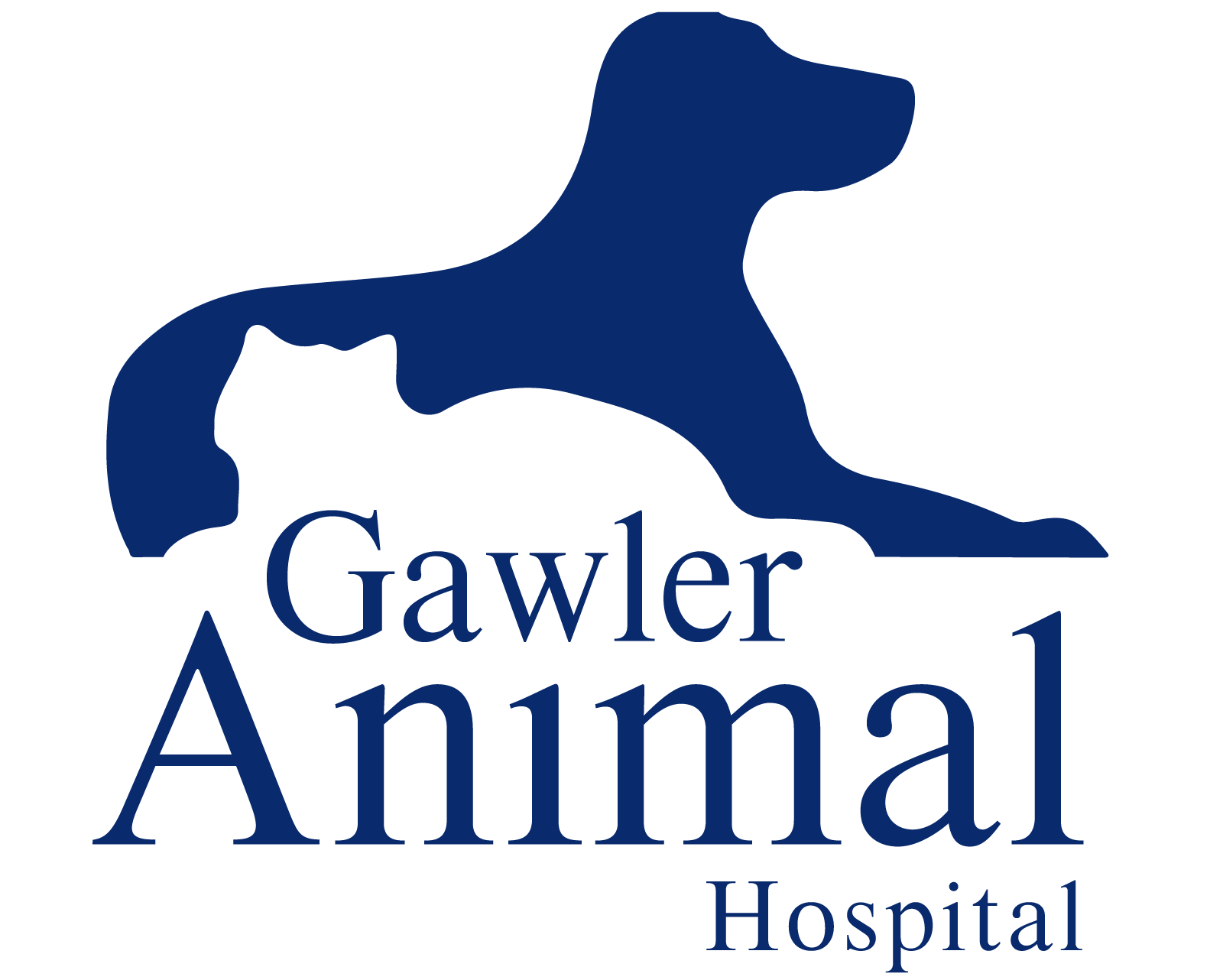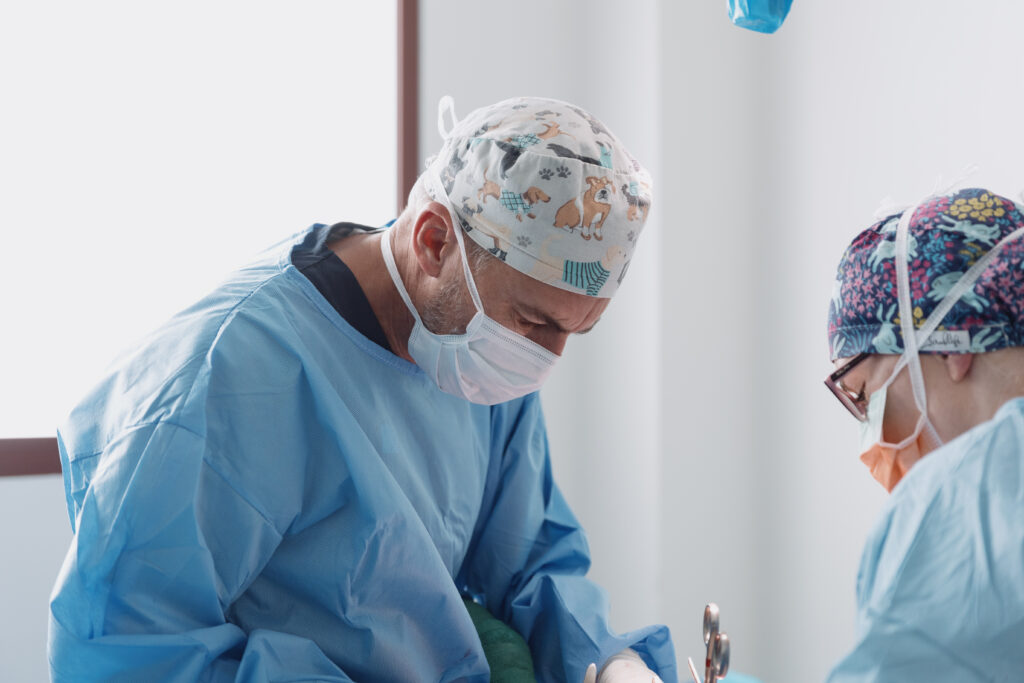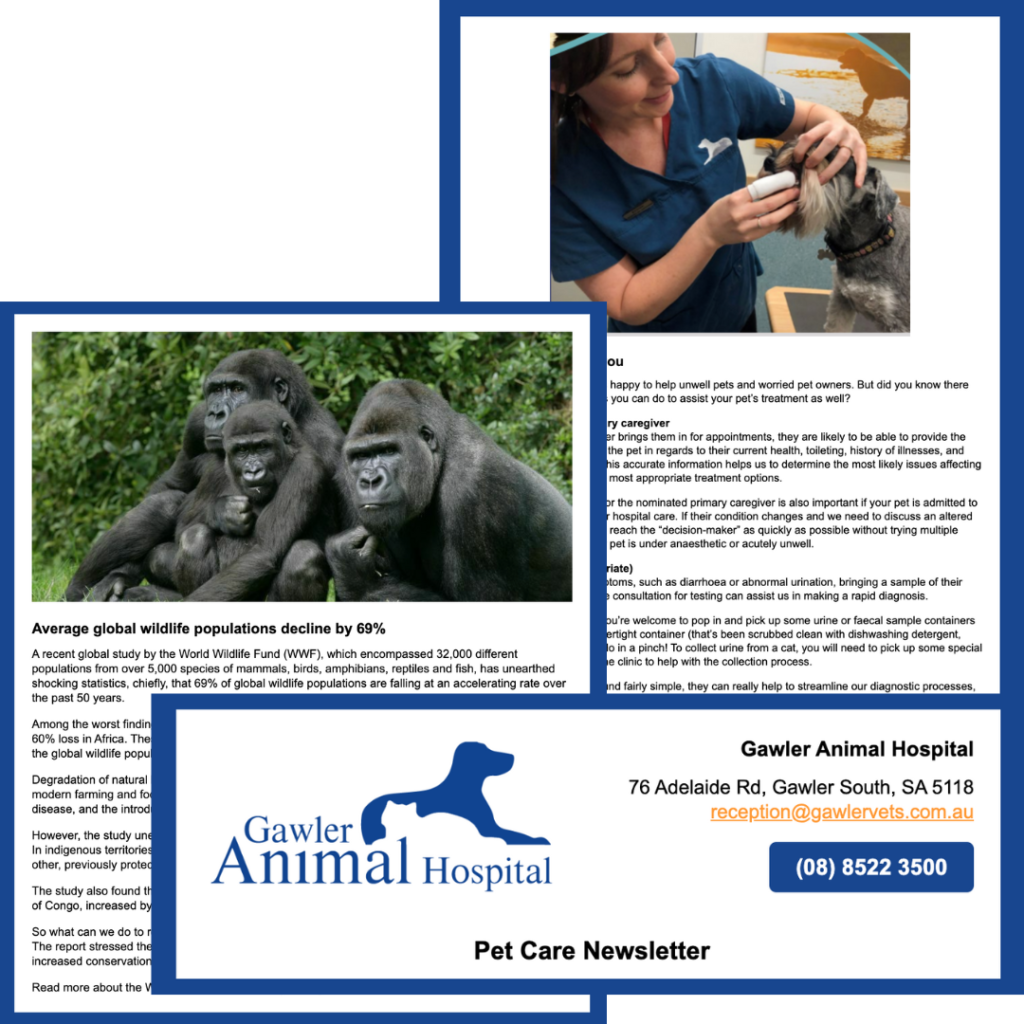Understand Anaesthetics for Pets
We know lots of owners feel anxious about their pets having a general anaesthetic, especially as they get older. However, many times they are necessary to provide diagnostics or treatments for conditions that will only worsen if not addressed. So how do WE go about making an anaesthetic as safe as possible for your pets? There is a lot involved in the ever-advancing world of anesthesia in veterinary medicine. General anesthetics for small animals have evolved quite a lot even in the last 10 years, even more so in the time that our esteemed boss-man and vet extraordinaire, Dr Stephen Crouch, has been practicing. The difficult thing for owners is that all veterinary clinics have a choice in how they perform and monitor anaesthesia and they are not all created equal. That is why we like to educate people on how we manage our procedures to ensure the lowest risk to your pet.
What are the stages of a general anaesthetic?
1. Placing intravenous catheter/cannula
• A leg will be clipped.
• The catheter is placed through the skin into the vein.
• This provides “IV” or intravenous access for medication and fluid therapy.
• The catheter is bandaged in securely.
2. Pre-anaesthetic blood testing
• Bloods are taken for most patients coming for surgery
• A panel of tests are done to check for any anaemia, changes in protein levels, changes to glucose, liver or kidney function.
• This allows us to identify any issues that might put the patient at risk.
• It may lead to changes in the anaesthetic protocol, changing the procedure, or in severe cases, aborting the procedure if it is not deemed safe at that time.
3. Pre-medications
• The “Pre-Med” is the sedation part of the procedure.
• In some patients this part may happen before blood testing if they are too anxious for the catheter.
• It will include 2-4 medications including; anti-anxiety medication orally and pain-relief/sedative (opioid) +/- additional sedatives or muscle relaxants.
• Significantly, it reduces the amount of anaesthetic agents required and thereby increasing safety.
4. Induction of anaesthesia.
• The “induction” is where the patient becomes fully unconscious for the procedure and is done using injectable medication into their vein.
• Once this has occurred the patient will be intubated (placing a tube into the windpipe) and provided with oxygen.
5. Maintenance of anaesthesia
• To keep the patients asleep we use an anaesthetic gas most of the time.
• This is given with the oxygen via the tube in the airway.
• A second drip line will then give a constant infusion of particular pain-killers that again lower the amount of inhaled anaesthetic agent required, also further improving safety.
• When the patient’s procedure is done the gas is turned off and the patient receives only oxygen until they are waking up and can have the tube removed from their airway.
Making it safe:
Patient assessment.
We never embark on an anesthetic without having seen the patient, giving a full health check and then making note of risk factors that could affect anaesthetic safety.
Breed risk
Some breeds have quirks of anatomy or genetics that can affect anaesthetics. For example, brachycephalic (flat-faced) breeds are a higher risk of vomiting, so we give an anti-vomiting injection as part of the medications we give ahead of the procedure. Another example is collie breeds, who can carry a gene that makes them more sensitive to some medications- we simply avoid those medications in at risk-breeds.
Patient Health
We always take the patient’s health and other medical conditions into account. Clinical conditions such as heart murmurs or diseases such as diabetes or chronic renal disease are taken into account when tailoring the plan for anaesthesia. This may affect medication choices, blood testing we do prior to and during the procedure, and even WHEN in the day we perform the procedure or instructions we give the owner prior to the day (for example diabetics often are told not to give insulin the morning of a procedure due to fasting).
Medication choices
As hinted above we tailor our medications to the patient. While we have combinations of medications to sedate the patients and induce anaesthesia, make sure we only use what is suitable for individual patients.
Things that are very important to good anesthetics include;
• Anti-anxiety medication (sometimes given at home) to reduce stress which in turn makes for smoother anaesthetics and (interestingly- reduced pain!)
• Pain-relief to allow us to lower the level of the gas needed to keep the patient asleep
• Additional sedative or pain reliefs to reduce level of gas required to keep patients asleep which are chosen depending on patients health, age and anxiety levels, as well as how painful the procedure is expected to be.
Monitoring and supportive care
Monitoring options for our small animal patients has improved dramatically in recent years. We not only monitor things such as heart rate and breathing rate, but a host of other parameters in EVERY anaesthetic. To ensure we are giving enough oxygen and that the patient is breathing properly we monitor the oxygen saturation of the blood and how much cardon dioxide is being breathed out from the lungs. To ensure that we do not have patients too deeply anesthetised, and more importantly that they have adequate delivery of oxygenated blood to essential tissues, we monitor blood pressure closely. We also use an ECG to monitor for any signs of cardiac arrhythmias that might exist or develop. Of course we also monitor temperature and physically assess the patients constantly by checking jaw tone, eye position, and manual chest auscultation with the stethoscope -in other words a nurse is standing by monitoring the patient the entire anaesthetic.
Interventions
We use a lot of techniques to make anesthetics safer in each procedure but also have interventions we can use if there are changes to parameters on the anesthetics. Fluid therapy is used in every single anaesthetic. We use this as a way to ensure patients remain hydrated, have good blood pressure, as well as delivering additional pain relief medications for more painful procedures.
Active warming is important too to keep core body temperatures in a normal range- we have special warm water heat mats under all patients when anaesthetized. We use Jackets and jumpers after sedation to conserve body heat, blankets during the procedure. Socks and bubble wrap are often used to keep the feet warm too! We even have some fancy warm air blankets call “Bair Huggers” which we use during and after procedures to warm patients up.
Medications for slightly low blood pressures or heart rates can be given if needed. We do not charge extra for this- it is simply a part of how we manage our patients safely. Rather than risk prolonged changes to blood pressure or heart rate we will intervene to ensure the anaesthetic continues safely. This is done only after assessing that the patient is safe to otherwise continue and has no lasting effects after the anaesthetic.
Ofcourse, the biggest intervention, if we feel that an anaesthetic is not proceeding safely we will stop the procedure and wake the patient up. We prioritize your pet’s safety at all times.
Education
We pride ourselves, here at Gawler Animal Hospital, on ongoing learning and commitment to providing the best standards of care. This means constantly educating ourselves as veterinarians, and passing that knowledge on to all staff.
As vets, we are always learning and seeking the newest information and most up to date recommendations for anaesthetic safety, monitoring and medication choices. We have regular training with all nurses and veterinary technicians on anaesthetic safety, changes to how we manage/monitor anaesthetics, updates on clinic protocols and how to respond in an emergency.
I hope this information helps you to understand what is involved in a general anaesthetic, as well as the many ways that we tailor anaesthetics to an individual patient and monitor them. There is no way to fully remove risk from anaesthetics but we strive to identify and reduce risk as much as possible. If you ever have questions about anaesthetics or procedures we are always happy to answer them, don’t hesitate to ask us!
Dr Michelle


